
Public art is often commissioned for public libraries. Large library buildings offer the urban space to make a big statement at the entrance or in the foyer. The art has to live up to the expectations of the city – they are very prestigious and very visible.

Library book trolleys - book carts in the US – come in a variety of styles but the majority do one thing but nothing much else. Great for moving a load of books from A to B – they are large, cumbersome and inflexible when not in use.

Libraries are the place where ideas begin. Many of the best ideas, artistic leaps, inventions and breakthroughs have been inspired by the contents of public libraries and yet, like many of the vital contributions that the library makes to the wider community...

Perfumery is a complex and arcane art and never more so now that science is able to manufacture synthetic scents. You can smell of everything nowadays from an entire hog roast to a gently perspiring unicorn.

Pop Up books were first published for adults. The first evidence of a movable book was in1306 when Catalan writer Ramon Lull used a revolving disk to demonstrate his technique. Books on anatomy used folding flaps, landscape design books demonstrated ...

Amazon’s customer reviews and suggestions are widely used and can be quite helpful if taken in balance. However, because of the way people often make book purchases, the adjacencies (people who bought this also bought….) don’t always reflect personal reading tastes.

Marking all the volumes in your personal library with an Ex libris ownership stamp - from the library of [add your name] - is now a thing of the past. But when books represented a far more costly investment as a part of household income, this was a way of ensuring that if you lent a treasured volume to a friend you would be more likely to get it back. It also asserts that you have a collection, not just a few titles.

Fifteenth- century paintings by Hans Memling and Jan Van Eyck take religious subjects and use formal compositions but there’s an unexpected touch of realism, typical of the Renaissance. The Christ child is shown riffling the pages of the Bible – like all small children he explores the world through physical touch and finds turning book pages irresistible.

Holding an open book enables an embracing composition of mother and child; the mother can also hold the child steady and prevent wriggling.

Posing with a book gives individuals a studious air but photographers also kept books handy as a means steadying the sitter. Exposure time was much longer with early cameras and keeping still to avoid blurring was a real problem.
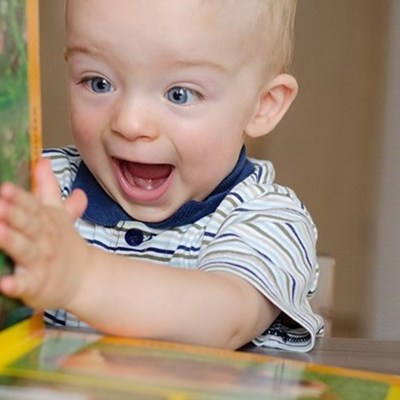
… is quite simply the one you like best. You can discover it for yourself but we are here to help you find it.
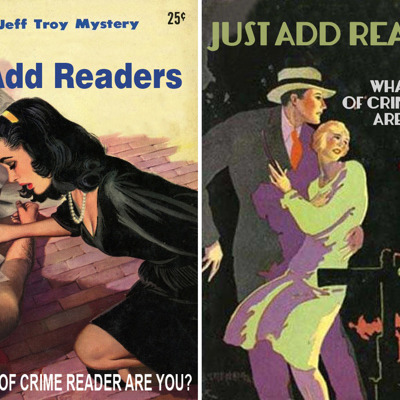
Instead of modelling a live literature event in a library on the traditional author talk and reading, it is worth taking a different approach. How about shifting the focus away from the author and towards the reader and the experience of reading?
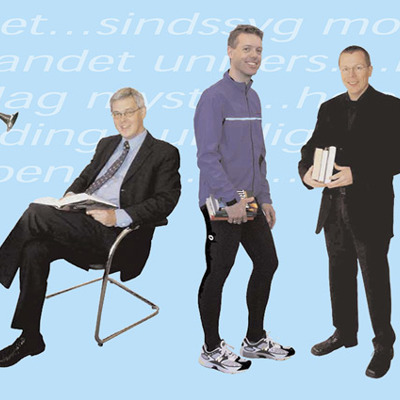
In the retail sector, companies know a great deal about their customers and, when planning marketing strategies, they break their market down into very specific segments. This helps them to target their marketing more successfully. In the public sector, where we are committed to offering a quality service across the board, it is harder to adopt the principle of aiming specific services or promotions to specific groups.
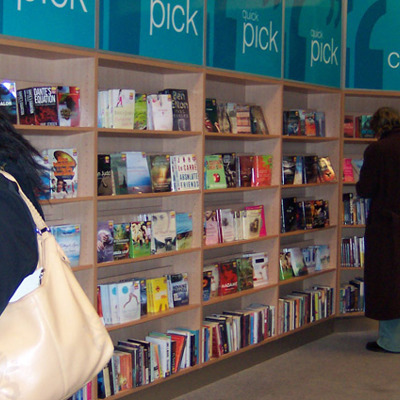
Our research has shown that approximately half of the people coming into a library are looking for a specific title or author. The other half want to browse what's there and see what happens to take their fancy. This gives a 50-50 split in preferred method of choosing.
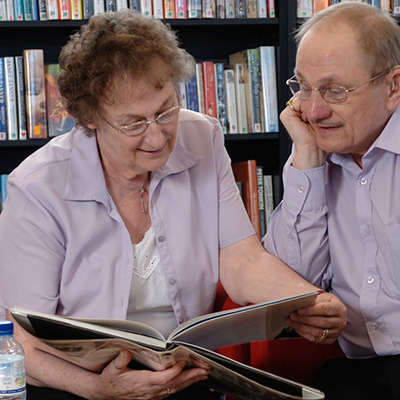
When we talk of resources we think of books, buildings, staff. But the biggest resource you have is your readers. They are plentiful in number, variety and imagination.
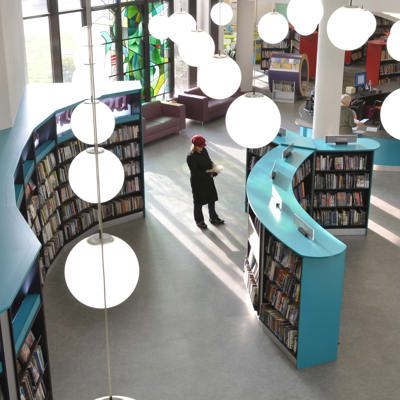
One of the biggest barriers to finding what you want is the sheer number of choices that exist. If you walk into a library, you see crowded ranks of spine-on books disappearing into infinity. It's a confusing and exhausting prospect for the browser who is not sure what they are looking for.
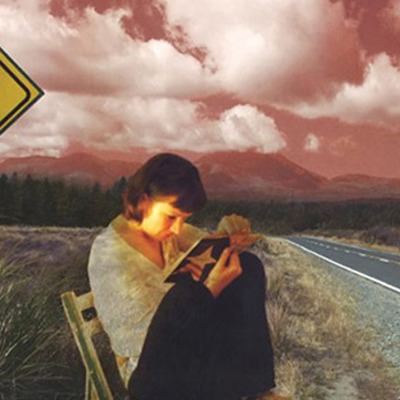
Starting with the reader and the experience of reading, rather than the author or the book, is the major change that Opening the Book has introduced into promotion.
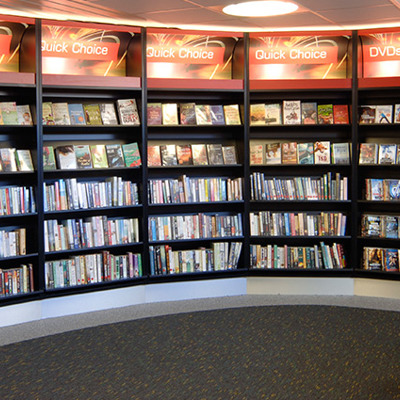
Think about all the barriers that we have to overcome every time we pick a new book to read. Is this the kind of book I usually like? Is it too heavy? Too light? Will it bore/scare/offend me? There are many psychological barriers which prevent readers from taking risks with their reading.
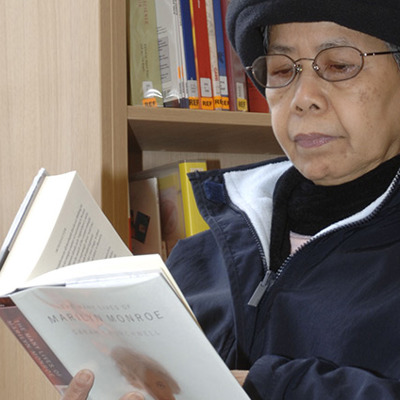
Reader development takes an inclusive approach to whatever people are reading. We don’t need to make value judgments about the 'quality' of books as we shift the focus to the quality of the reading experience. It is quite possible to have a poor reading experience with a great book - most of us have experienced this at school or later in life.
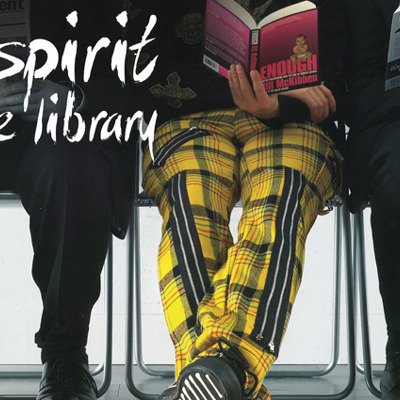
What makes us think that the reader of romances is stuck in a dream world, an escapist, probably deeply unhappy with no social life? What makes reading a non-fiction serious book a virtue? What other prejudices have you noticed? What are science fiction readers like? What kind of life do readers of true crime lead? Have you ever heard someone apologise for their reading, 'Oh, I just read rubbish?'
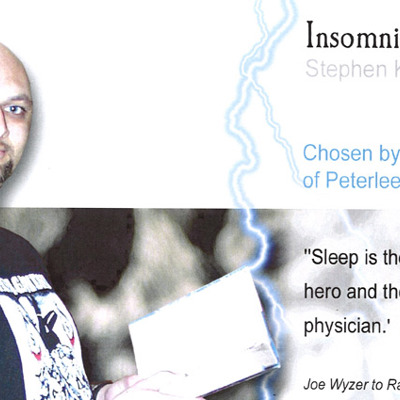
Reading is something we do by ourselves in private. There are more readers than there are practitioners of any other art form but because reading is largely an individual and domestic habit, this is often overlooked. Imagine all the readers of a bestseller brought together in one space as happens with music or sport ....
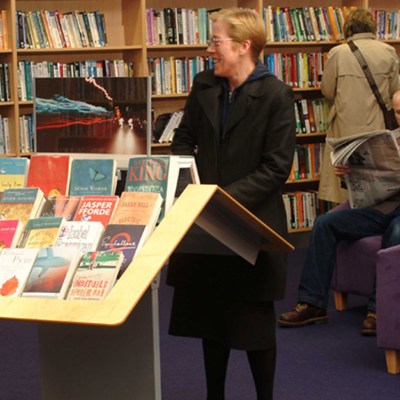
The literature world concentrates mainly on writing and publishing. This is true of both the commercial sector and the arts funding sector. Opening the Book's unique contribution has been to introduce the concept of intervening at the point of consumption.
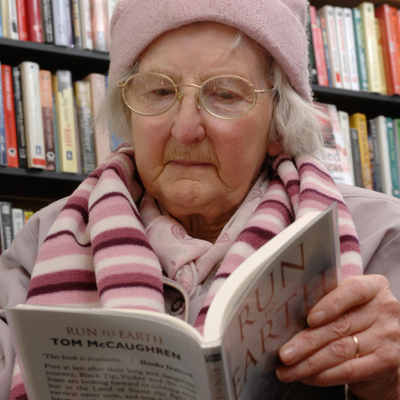
There are lots of different kinds of writing about books – reviews make judgments on quality, synopses summarise what a book is about, plot descriptions often have a cliffhanger sentence as an obvious way to ask someone to read more.
Presentations from a wide range of countries and events by Rachel Van Riel of Opening the Book
Click on the links below for reports from a small selection of Rachel’s presentations from around the world.
What does it really mean? We unpack some key concepts used in reader-centred work
View GlossaryIn twenty years of reader-centred practice there are many projects which are no longer running but are still worth mining for ideas and inspiration. Explore some of the most successful reader-centred projects in the UK below.

Visually impaired readers have the same difficulties choosing what to read next as everyone else except that their choice is more limited by what’s available. Here’s an example of how to open up reading choices by grouping titles together round reading needs or experience and then writing about them in a tempting way.

A Bookchain can most simply be described as a reading group that doesn’t meet. It is an ideal option for readers who want to share their reading experiences but don’t have the time or inclination for a regular face-to-face group. Readers are grouped together – three or four people per bookchain is typical – and they choose, write about and pass on books to other member of their chain in a process managed by the library staff.

Blind Date was part of a web project called What are you up to? It was run in partnership between East Midland Reader and Development Project (EMRALD) and Opening the Book between 2000 and 2003 and was targeted at readers aged 16-25. An editorial group of one member of staff from each of the nine participating authorities worked with an Opening the Book site manager to plan site content and development. The resulting website was ground breaking in style and content and linked online and offline services.

Give me a break was the first dual language Welsh/English site for readers. It enables readers to choose their books according to the kind of break they are looking for – for example: a break from the kids (rhag y plant) or a break from stress (rhag y bwrlwm). The target audience for this site is readers in their 20s and 30s, taking on board the specific needs of this age group: first job/unemployment; first baby/unattached; experimenting with first experience with extreme sports and travel/bogged down with domesticity and work boredom. The website was complemented by posters and book displays in libraries – connecting online and offline activity.

The Ønskebok website is the largest international project Opening the Book has undertaken.

Opening the Book won the contract to deliver the Read part of the People's Network service.

Opening the Book was contracted by SLIC/CILIPS to deliver a training programme involving all 32 Scottish Library authorities

The Stock Quality Health Check was developed for the Audit Commission, the Department of Culture, Media and Sport and Arts Council England.

Branching Out was a national reader development project which ran from 1998 to 2006.

A three-year project for readers that unites every library service in Wales